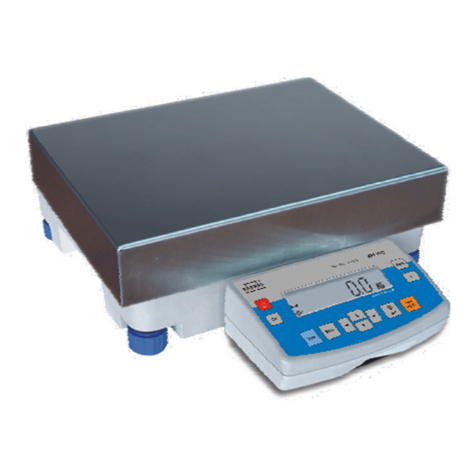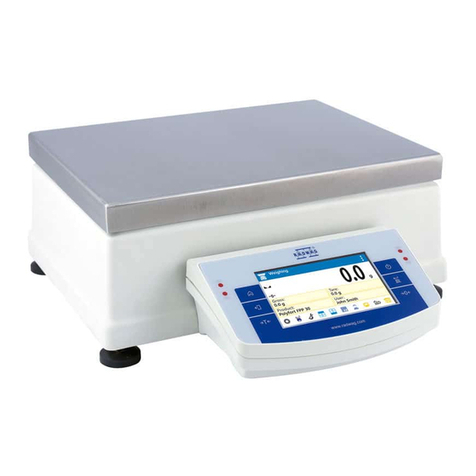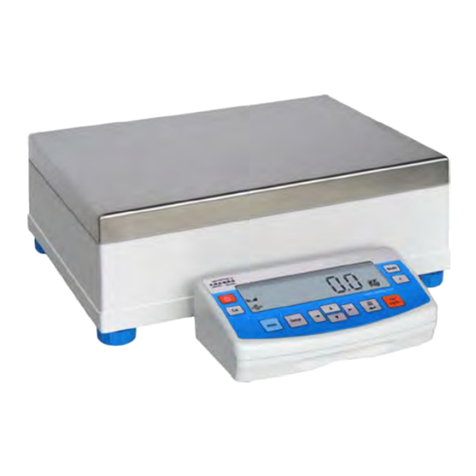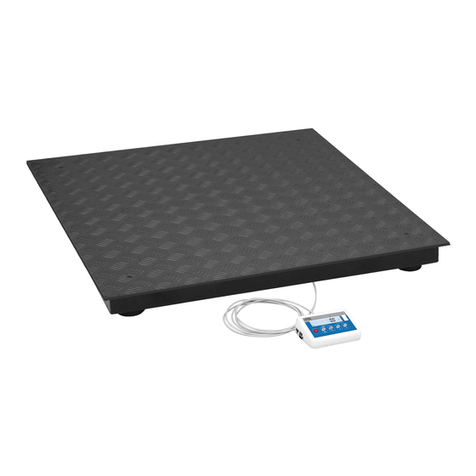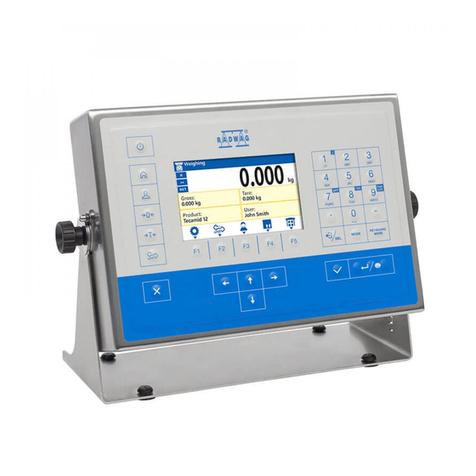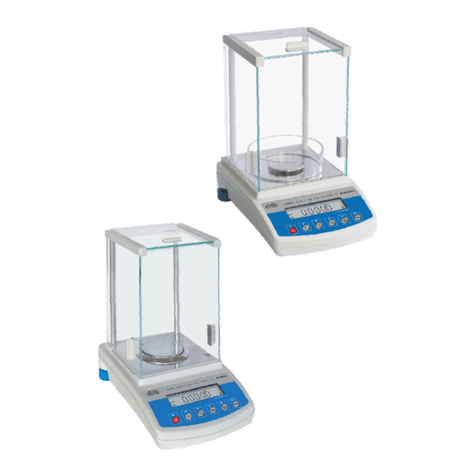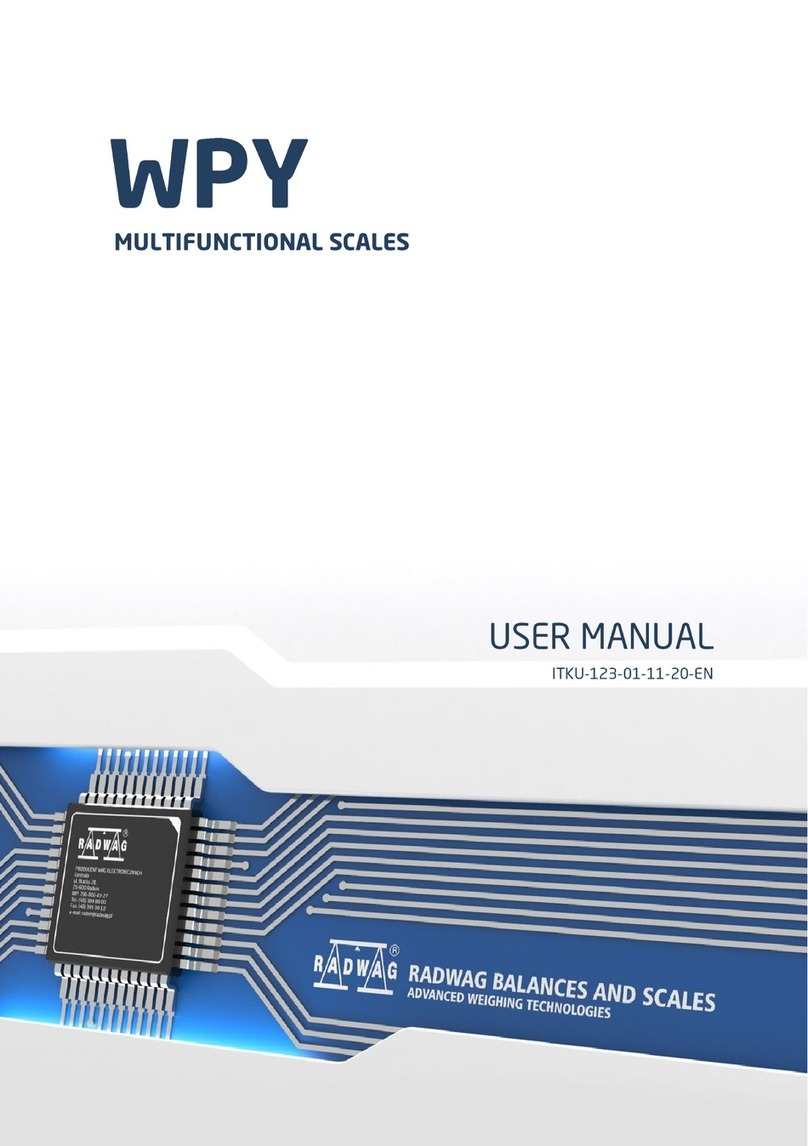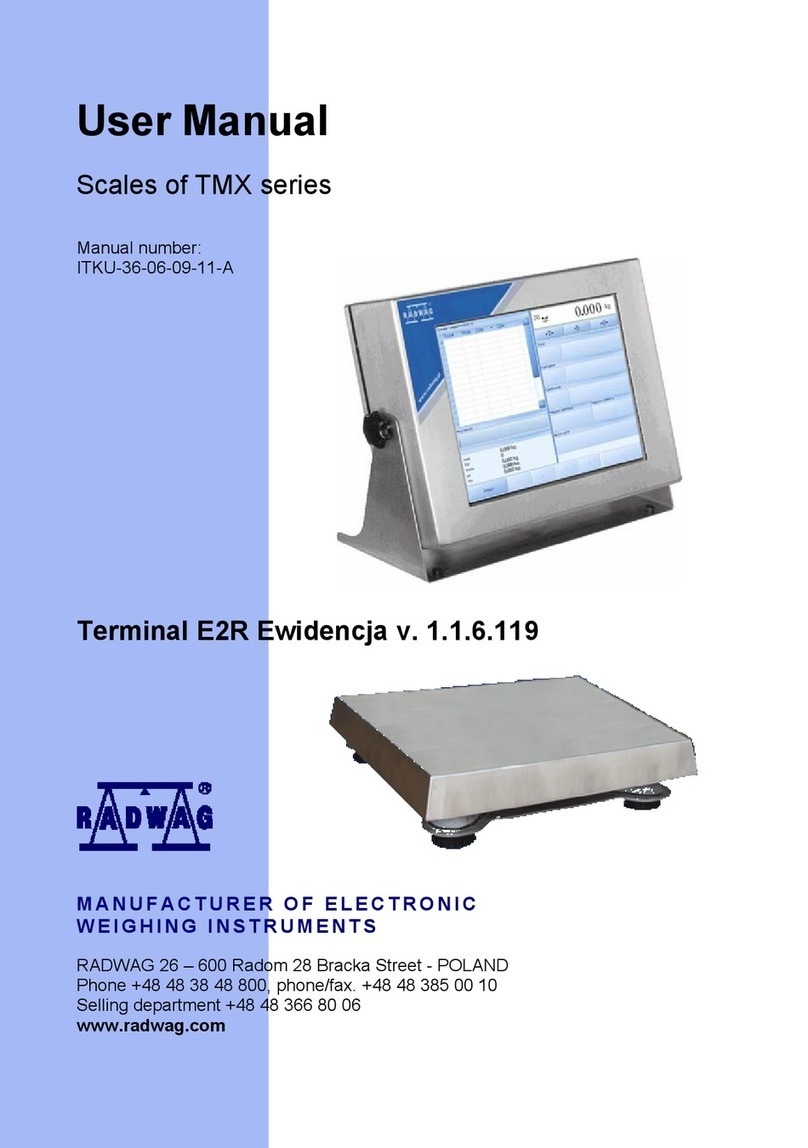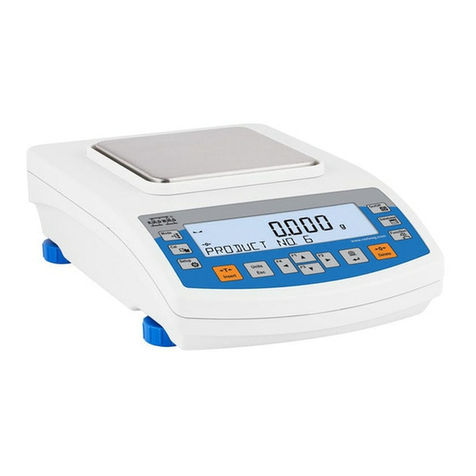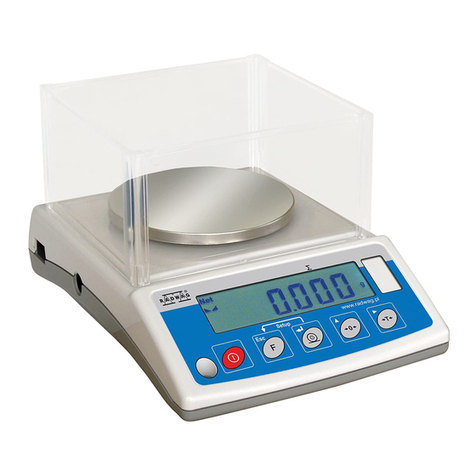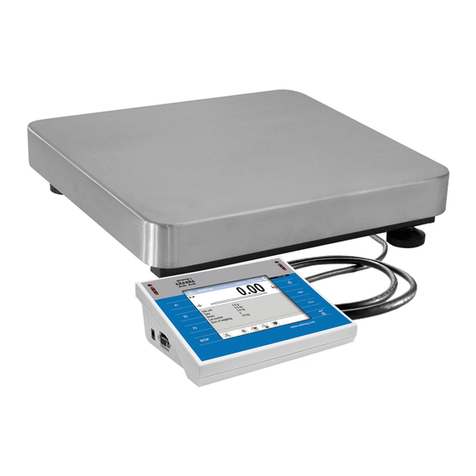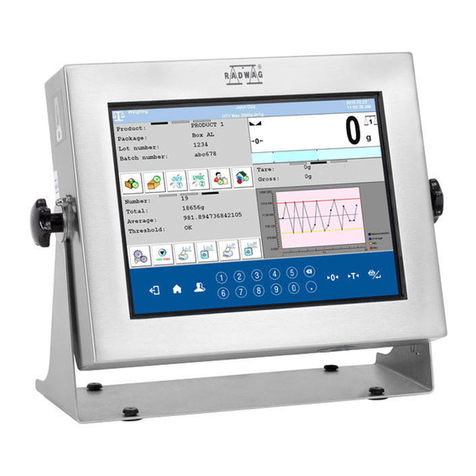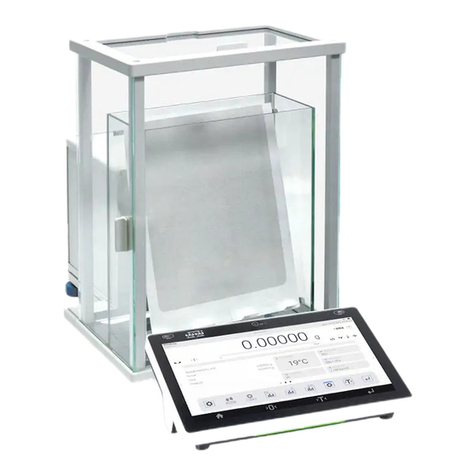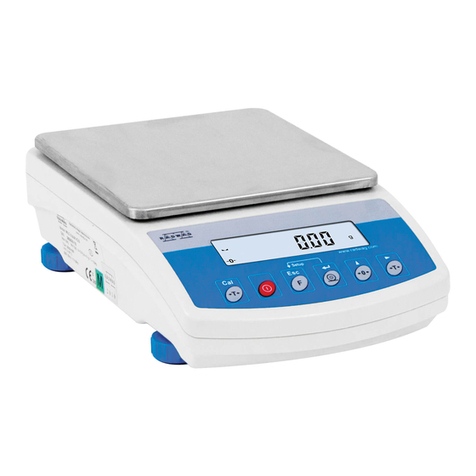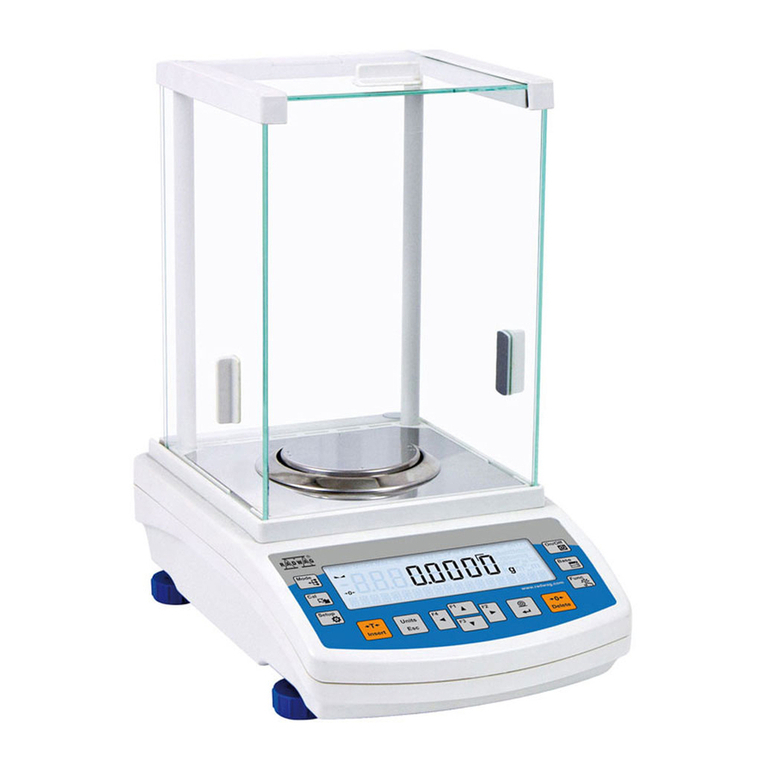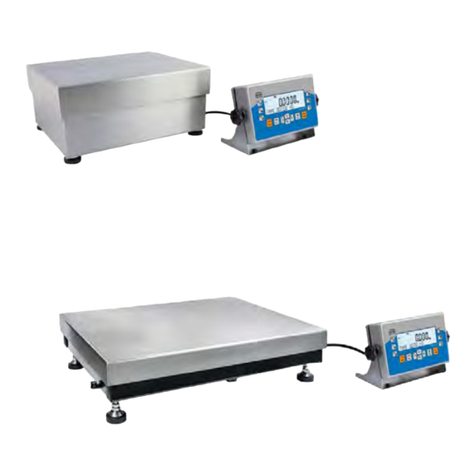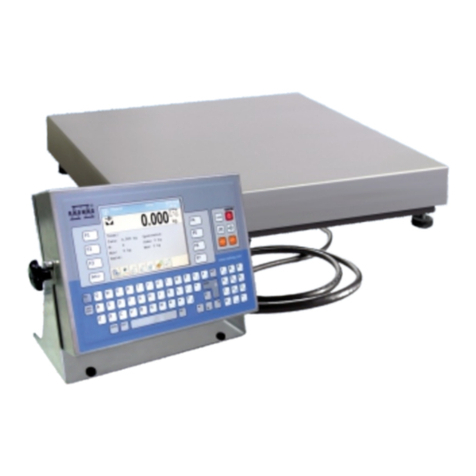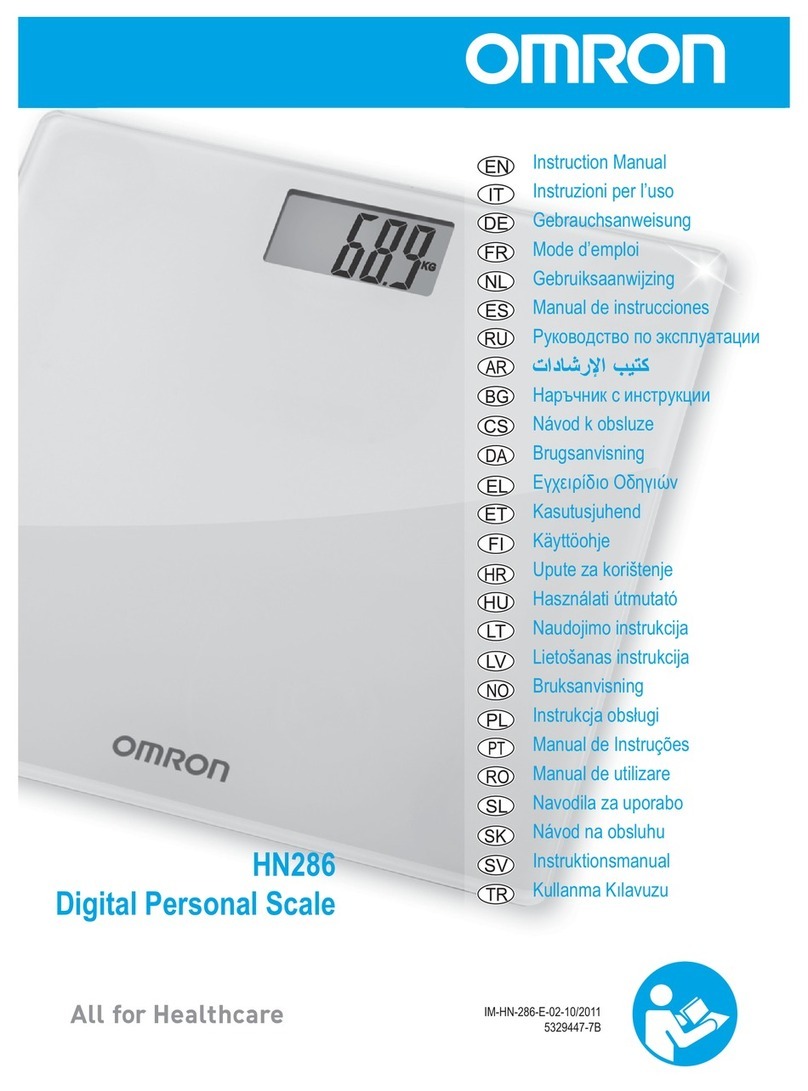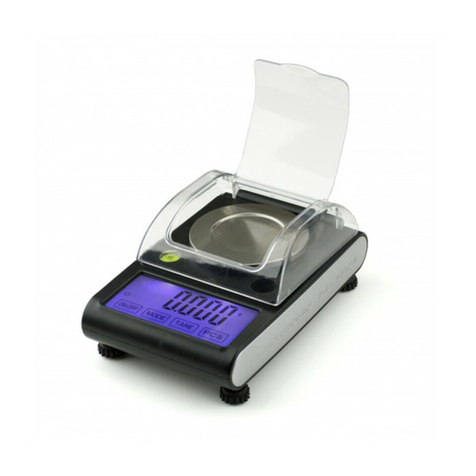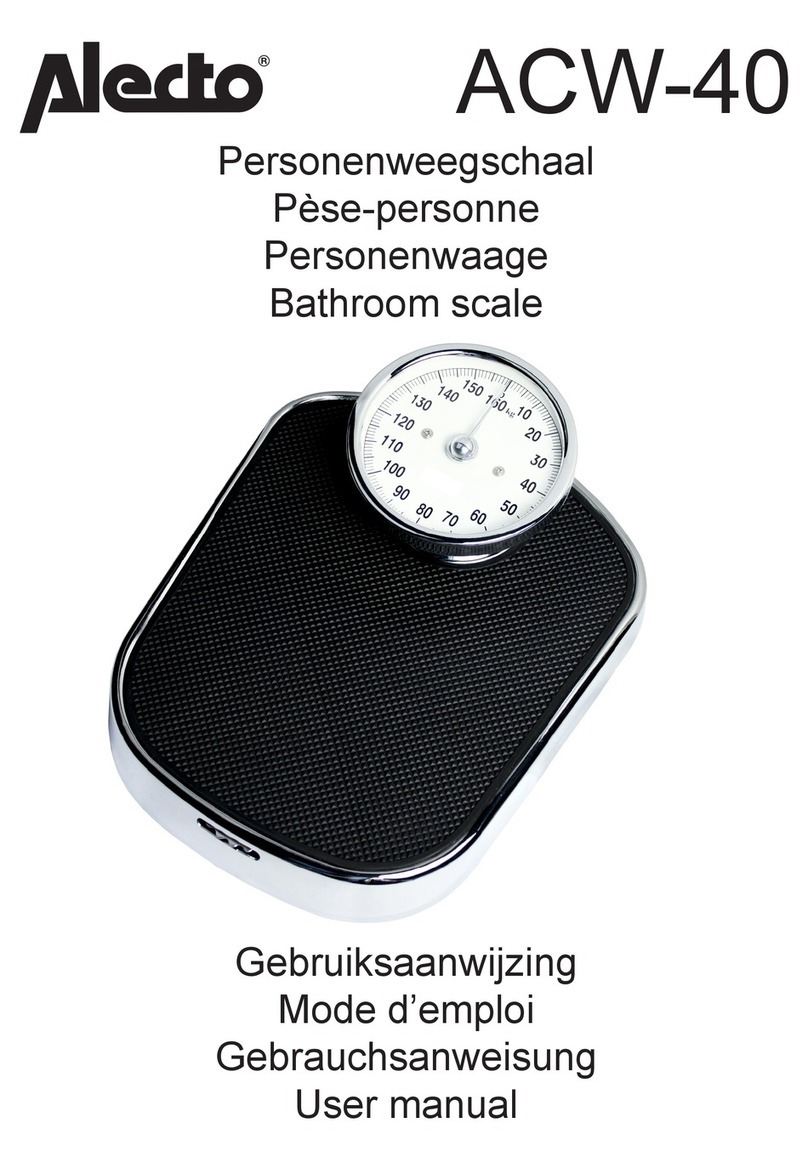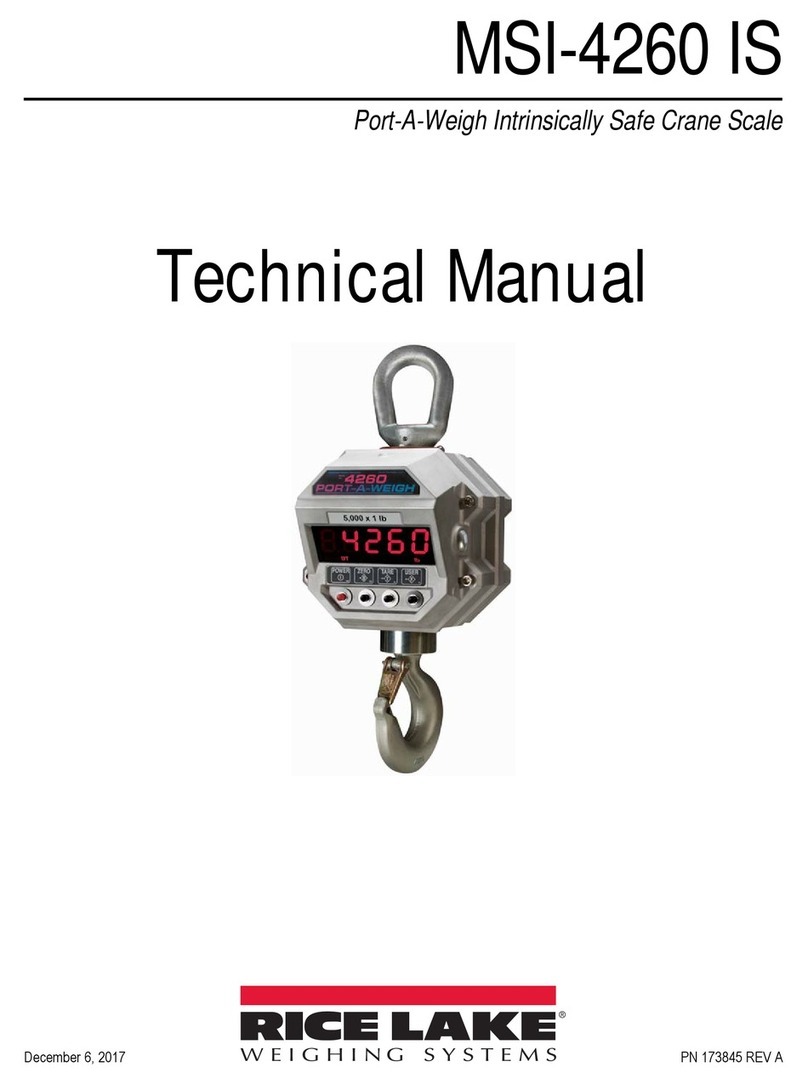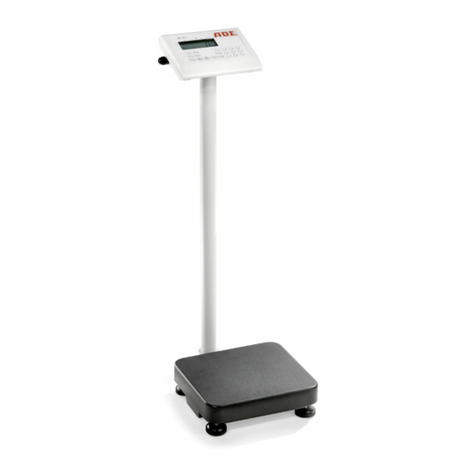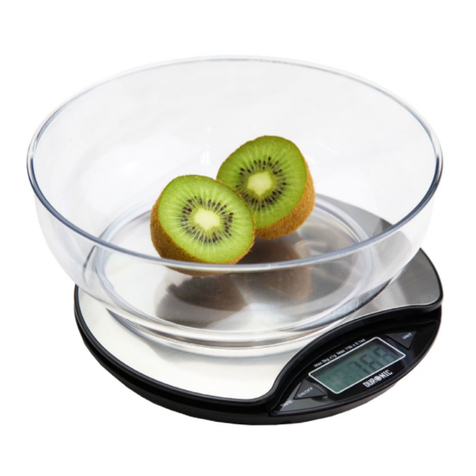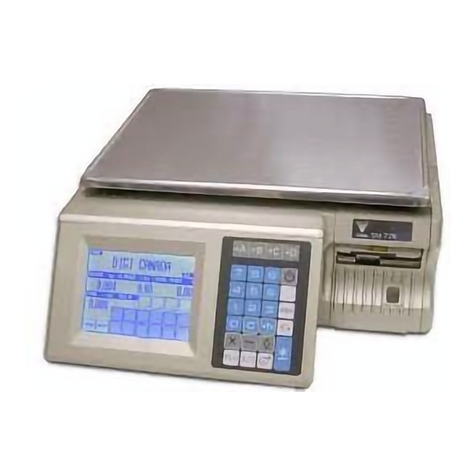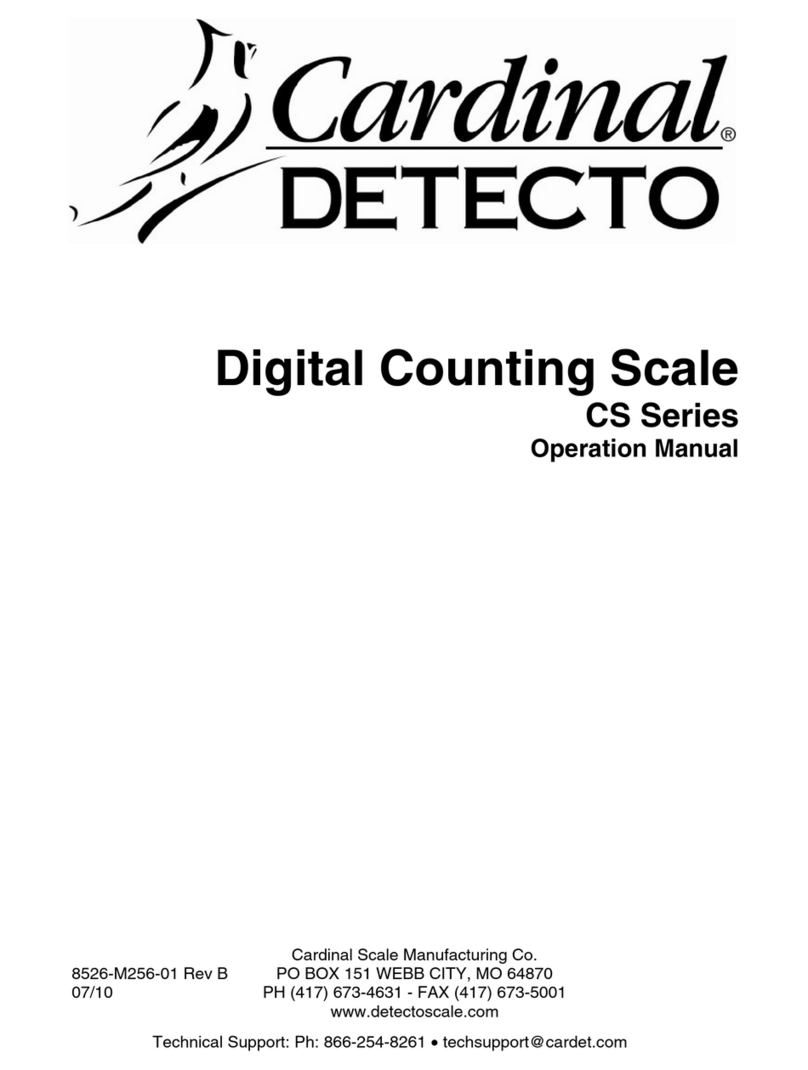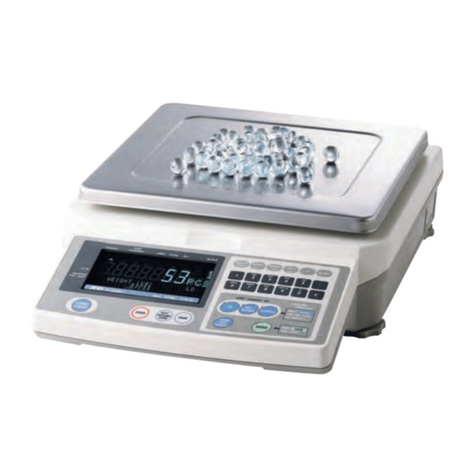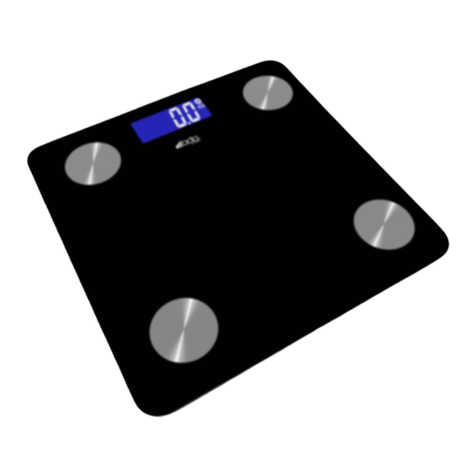- 5 -
23.2. Start mass adjustment............................................................................................................................................97
24. WORK MODES ....................................................................................................................................98
24.1. Setting accessibility of work modes........................................................................................................................98
24.2. Programmable keys................................................................................................................................................99
24.3. +/- control according to an inscribed standard mass............................................................................................101
24.4. Maximal force latch...............................................................................................................................................103
24.5. Count g pieces....................................................................................................................................................103in
24.5.1. Enabling work modes ................................................................................................................................104
24.5.2. Setting standard mass by inscribing the mass of a single piece................................................................104
4.5.3. Setting the standard mass by declaring the quantity of a sample..............................................................1052
24.6. Devia on in percents in relation to a standard mass............................................................................................106ti
24.6.1. Starting weighing in per cents....................................................................................................................106
24.6.2. Weighing a standard mass........................................................................................................................106
4.6.3. Inscribing a standard mass........................................................................................................................1072
24.7. Weighing animals.................................................................................................................................................108
24.7.1. Weighing time setting ................................................................................................................................108
24.7.2. Starting the work mode..............................................................................................................................109
4.7.3. Procedure of weighing animals..................................................................................................................1092
24.8. Dosin ...................................................................................................................................................................110g
24.8.1. Dosing mode setting..................................................................................................................................110
24.8.2. Time interval between changing dosage thresholds..................................................................................111
24.8.3. Time interval completing process ..............................................................................................................111
24.8.4. Mode for OUTPUTS ..................................................................................................................................112
24.8.5. Tarring mode setting..................................................................................................................................113
24.8.6. Corr ctions ................................................................................................................................................113e
24.8.6.1. rrection mode.................................................................................................................................114Co
24.8.6.2. itial correction value ........................................................................................................................114In
24.8.6.3. aximum correctional value...............................................................................................................115M
24.8.6.4. Averaging from subsequent dosing cycles.........................................................................................116
4.8.7. Starting work modes..................................................................................................................................1162
24.9. Labelling ...............................................................................................................................................................118
24.9.1. Triggering off „C LABEL” ...........................................................................................................................118
24.9.2. Triggering off „CC LABELS” ......................................................................................................................119
24.9.3. Setting „N1” counter...................................................................................................................................120
24.9.4. Setting „M1” mass value...........................................................................................................................120
24.9.5. Setting „N2” counter...................................................................................................................................121
24.9.6. Setting „M2” mass value............................................................................................................................121
24.9.7. Point in mass form in EAN-13 code...........................................................................................................122
24.9.8. Setting of the number of labels to print......................................................................................................122
24.9.9. etting of the number of cumulative labels to print....................................................................................123S
24.9.10. Setting of the number of cc labels to print...............................................................................................124
24.9.11. Choosing the labelling work mode ..........................................................................................................124
24.9.12. Description of labelling procedure...........................................................................................................125
24.9.13. Printing cumulative labels........................................................................................................................126
24.9.14. Printing cumulative labels of cumulative labels.......................................................................................127
25. DIAGRAMS OF CONNECTION CABLES ..........................................................................................128
26. CONNECTORS ..................................................................................................................................130
26.1. 3IN/3OUT connector.............................................................................................................................................130
26.2. RS232, RS485 connector.....................................................................................................................................131
27. SPECIFICATION OF ADDITIONAL MODULES.................................................................................132
27.1. Ether t module - ET ...........................................................................................................................................133ne
27.1.1. Mounting way in PUE C41H ......................................................................................................................134
7.1.2. Drawings of sockets and cables for Ethernet.............................................................................................1362
27.2. Analo ue output module.......................................................................................................................................136g
27.2.1. Technical specification...............................................................................................................................137
27.2.2. The way of installing inside PUE C41H ....................................................................................................137
27.2.3. Configuration of work modes of analogue modules...................................................................................138
7.2.4. Connections to AN module........................................................................................................................1392
27.3. Relay odule - PK1..............................................................................................................................................140m
27.3.1. Technical specification...............................................................................................................................140
27.3.2. Installing in PUE C41H indicators..............................................................................................................140
7.3.3. Drawing of cables and outputs ..................................................................................................................1422
27.4. WE 4 4 inputs / 4 outputs module ......................................................................................................................142-
27.4.1. Technical specification...............................................................................................................................142
27.4.2. Colours of cables for I/O............................................................................................................................143
7.4.3. Installing method in PUE C41H indicators.................................................................................................1432
27.5. WE 8 8 inputs / 8 outputs module ......................................................................................................................144-
27.5.1. Technical specification...............................................................................................................................145
27.5.2. Installing method in PUE C41H indicators.................................................................................................145
